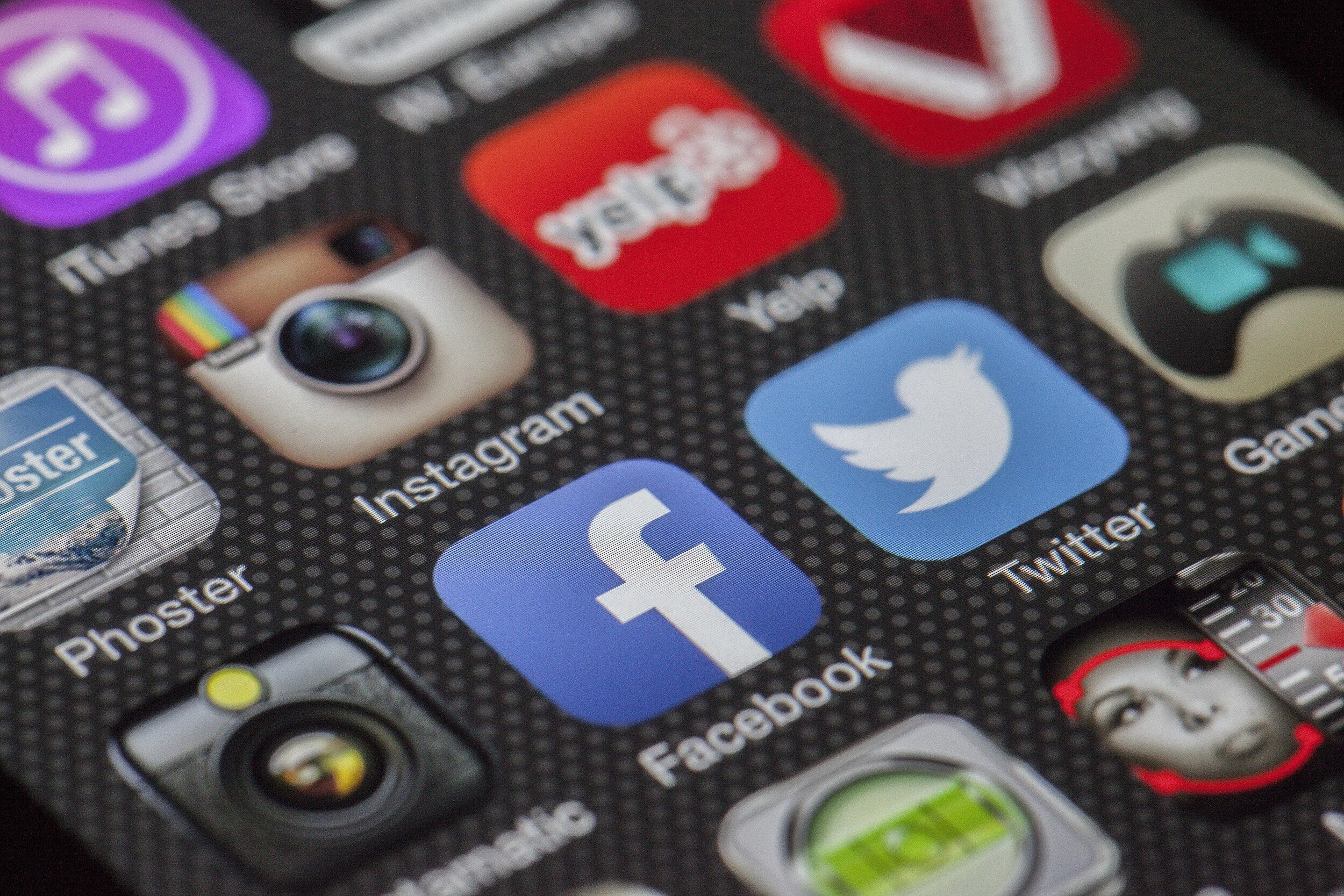Mobile Advertising & In-App Ads
12.17.19 | Theresa May
When mobile phones originated way back in 1973, their capability was just that – to be a mobile phone that only made CALLS. And who can forget how the phone’s bulkiness made it look like everyone was talking into a brick.
Today, mobile phones are much sleeker and their offerings are seemingly infinite. They serve as gaming consoles, video streamers, personal assistants, and offer much more advanced social avenues. With all that today’s smartphones offer, it isn’t surprising that “about 90% of smartphone time is in apps” [1].
Traditional media specializes in stimulating one, sometimes two, senses. Out of home offers visuals, radio offers sound, and TV offers a mix of the two. As a millennial, I’ve grown up with mobile advertising and have been skeptical more times than not of what was being advertised to me. Why is this ad being shown to me? Why should I trust this? Is this a scam? I’m sure these are thoughts that have run through most of our heads while seeing mobile ads.
Successful advertisements meet consumers where they are, and strategies are constantly evolving to keep pace with technological advances in the industry. This year is the first time that “US consumers will spend more time with their mobile devices than they do watching TV” [1]. Our phones and other mobile devices offer advertisers a direct line to us, and in-app ads have made advertisements more enjoyable and immersive.
“The first mobile ad showed up in 2000 when a Finnish news provider sent free news headlines via SMS” [2]. Even so, it was nearly a decade until mobile advertising came to phones in 2007, when the first iPhone was released.
The first mobile ads could be found via mobile browser and were reformatted desktop ads - a very unappealing and wordy experience. 2008 brought mobile app specific ads, and the rest is history! Targeting has become more granular, and the angles that advertisers take are becoming more personalized to the consumer.
The personal data that Google collects annually from its users is equivalent to “569,555 sheets of paper. If printed and stacked this would measure more than 189 feet tall” [2]. Or as I like to think of it, 135 Harry Potter book series stacked on top of each other. Instead of throwing an ad out there into the virtual abyss, advertisers have used this data to make advertisements more targeted and therefore more relevant and enjoyable for the user.
Along with the advancements in targeting an audience, advertisers have discovered that people trust people. Celebrity endorsed products have been around for a while, but today’s influencer ads are more organic and promote trust between the brand and consumer.
Through immersive experiences that offer skippable ads, mini-games and opportunities to rate your experience, mobile advertising has changed the advertising industry. With our modern civilization’s heavy reliance on our mobile devices, the need to ‘disconnect’ is sure to come – but that discussion is for another day.
[1] https://www.emarketer.com/content/us-time-spent-with-mobile-2019.
[2] https://instapage.com/blog/evolution-of-advertising

